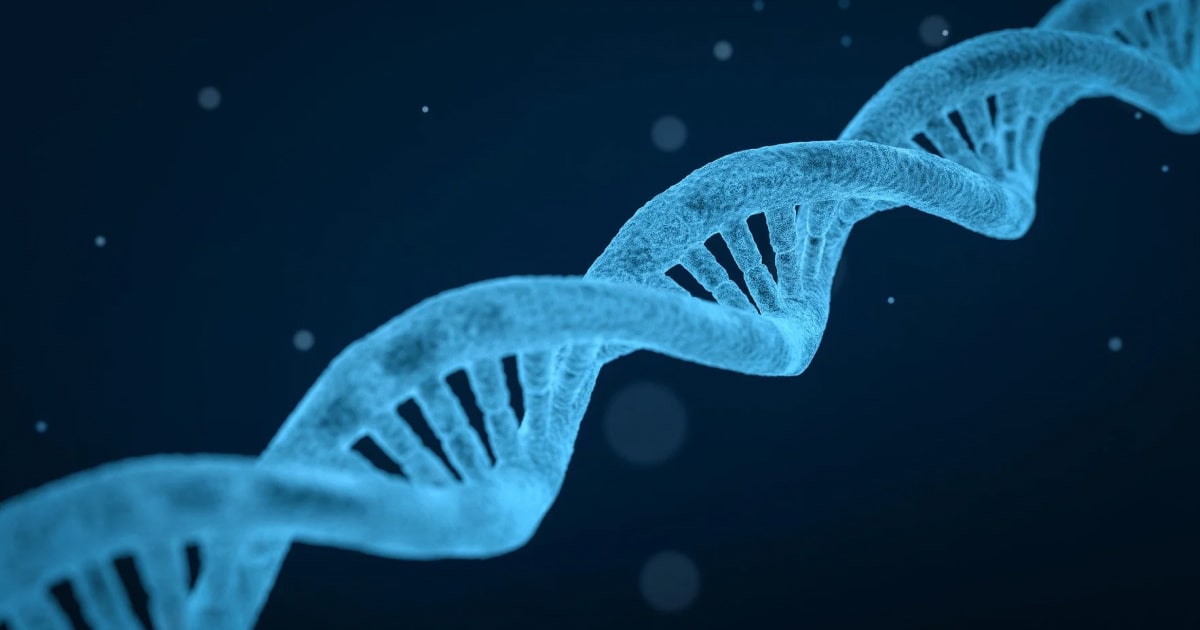Understanding, Diagnosing, and Using Genetic Testing for Leukemoid Reaction

Expert Reviewed By: Dr. Brandon Colby MD
```htmlLeukemoid reaction is a fascinating and complex hematologic condition characterized by an elevated white blood cell count that mimics leukemia but is not due to a malignancy of the bone marrow. This condition can be triggered by various factors, including infections, severe stress, and other underlying diseases. In this article, we will delve into the intricacies of leukemoid reaction, its diagnosis, and the role of genetic testing in managing this condition.
What is Leukemoid Reaction?
Leukemoid reaction is defined by an extreme increase in white blood cell (WBC) count, often exceeding 50,000 cells per microliter. Unlike leukemia, where the increase in WBCs is due to a malignant proliferation of bone marrow cells, leukemoid reaction is typically a response to an external stimulus. These stimuli can include severe infections, inflammation, tissue damage, or other systemic diseases such as multiple myeloma or colon carcinoma.
Diagnosing Leukemoid Reaction
Diagnosing leukemoid reaction requires a thorough examination and strict adherence to diagnostic criteria. The process involves a detailed medical history, physical examination, and a series of laboratory tests. A complete blood count (CBC) is essential to measure the WBC levels and identify the presence of immature white cells, which are often seen in leukemoid reactions.
Medical History and Physical Examination
Taking a comprehensive medical history is crucial in identifying potential triggers for the leukemoid reaction. Physicians will inquire about recent infections, inflammatory conditions, medication use, and any underlying malignancies. A physical examination may reveal signs of infection, inflammation, or other systemic conditions that could be contributing to the elevated WBC count.
Laboratory Tests
In addition to the CBC, other laboratory tests are often necessary to rule out leukemia and identify the underlying cause of the leukemoid reaction. These tests may include blood cultures, imaging studies, and bone marrow biopsy. The latter is particularly important in distinguishing leukemoid reaction from leukemia, as it allows for the examination of bone marrow cells and their proliferation patterns.
The Role of Genetic Testing in Leukemoid Reaction
Genetic testing has become an invaluable tool in the diagnosis and management of various hematologic conditions, including leukemoid reaction. While leukemoid reaction itself is not a genetic disorder, genetic testing can help identify underlying conditions that may trigger this response. For instance, genetic mutations associated with certain cancers or hematologic diseases can be detected through advanced genetic testing techniques.
Identifying Underlying Malignancies
Genetic testing can be particularly useful in identifying underlying malignancies that may present as a leukemoid reaction. In the case of the 62-year-old male with multiple myeloma and colon carcinoma, genetic testing could help pinpoint specific mutations associated with these cancers. By identifying these genetic markers, physicians can tailor treatment strategies to target the underlying malignancy more effectively.
Monitoring Disease Progression
For patients with known hematologic or oncologic conditions, genetic testing can provide valuable insights into disease progression and treatment response. By regularly monitoring genetic markers, healthcare providers can detect changes in the disease state and adjust treatment plans accordingly. This approach ensures that patients receive the most appropriate and effective therapies for their condition.
Personalized Treatment Plans
Advances in genetic testing have paved the way for personalized medicine, where treatment plans are tailored to an individual's genetic profile. In the context of leukemoid reaction, genetic testing can help identify specific genetic mutations that may influence the patient's response to certain treatments. This personalized approach can improve treatment outcomes and reduce the risk of adverse effects.
Conclusion
Leukemoid reaction is a complex condition that requires a thorough diagnostic approach to differentiate it from leukemia and identify the underlying cause. Genetic testing plays a crucial role in this process by helping to identify underlying malignancies, monitor disease progression, and develop personalized treatment plans. By leveraging the power of genetic testing, healthcare providers can improve the diagnosis and management of leukemoid reaction, ultimately enhancing patient outcomes.
For further reading and detailed case studies, please refer to the comprehensive research available here.
```About The Expert Reviewer
Dr. Brandon Colby MD is a US physician specializing in the personalized prevention of disease through the use of genomic technologies. He’s an expert in genetic testing, genetic analysis, and precision medicine. Dr. Colby is also the Founder of and the author of Outsmart Your Genes.
Dr. Colby holds an MD from the Mount Sinai School of Medicine, an MBA from Stanford University’s Graduate School of Business, and a degree in Genetics with Honors from the University of Michigan. He is an Affiliate Specialist of the American College of Medical Genetics and Genomics (ACMG), an Associate of the American College of Preventive Medicine (ACPM), and a member of the National Society of Genetic Counselors (NSGC)